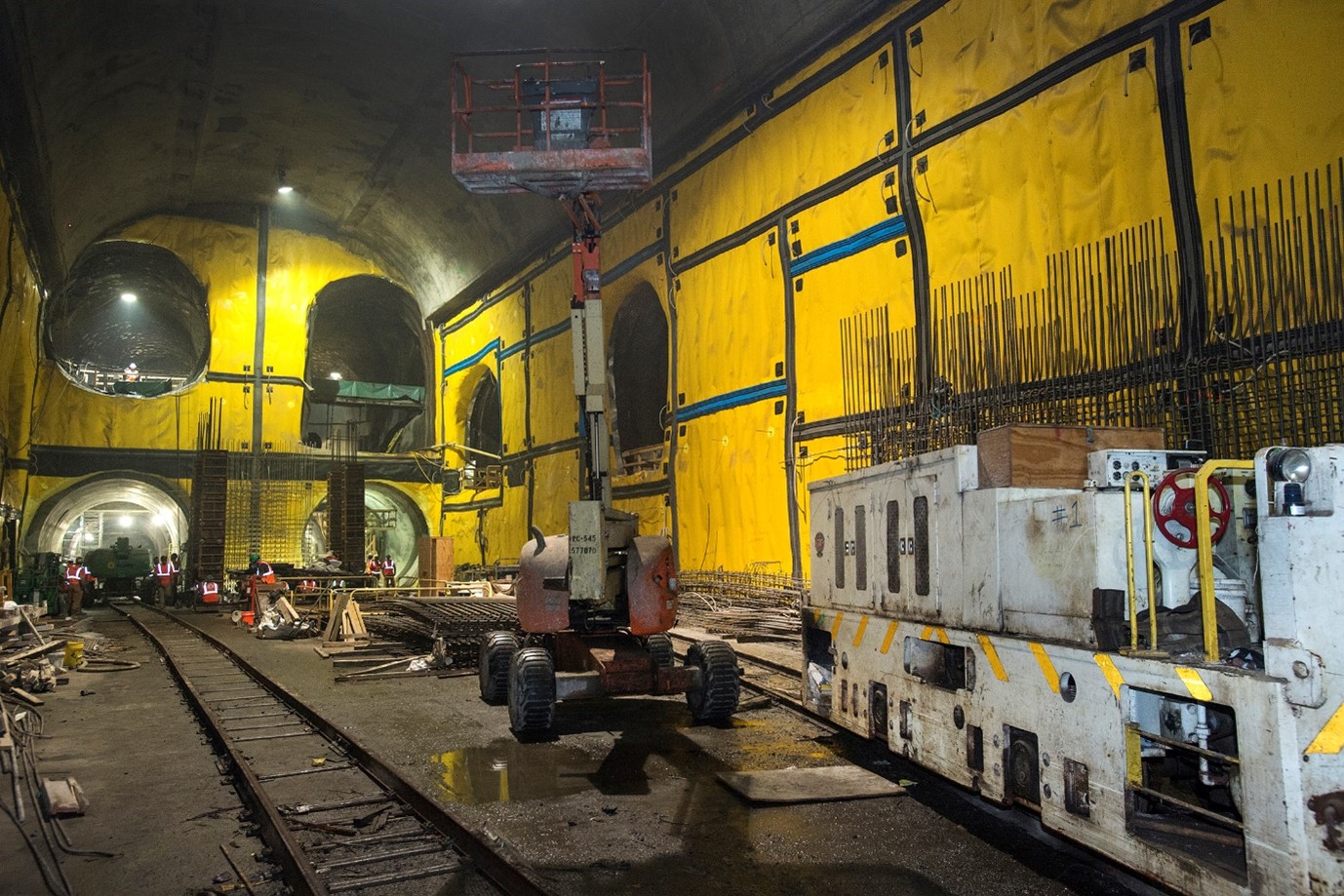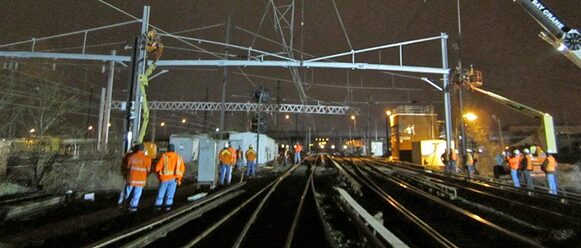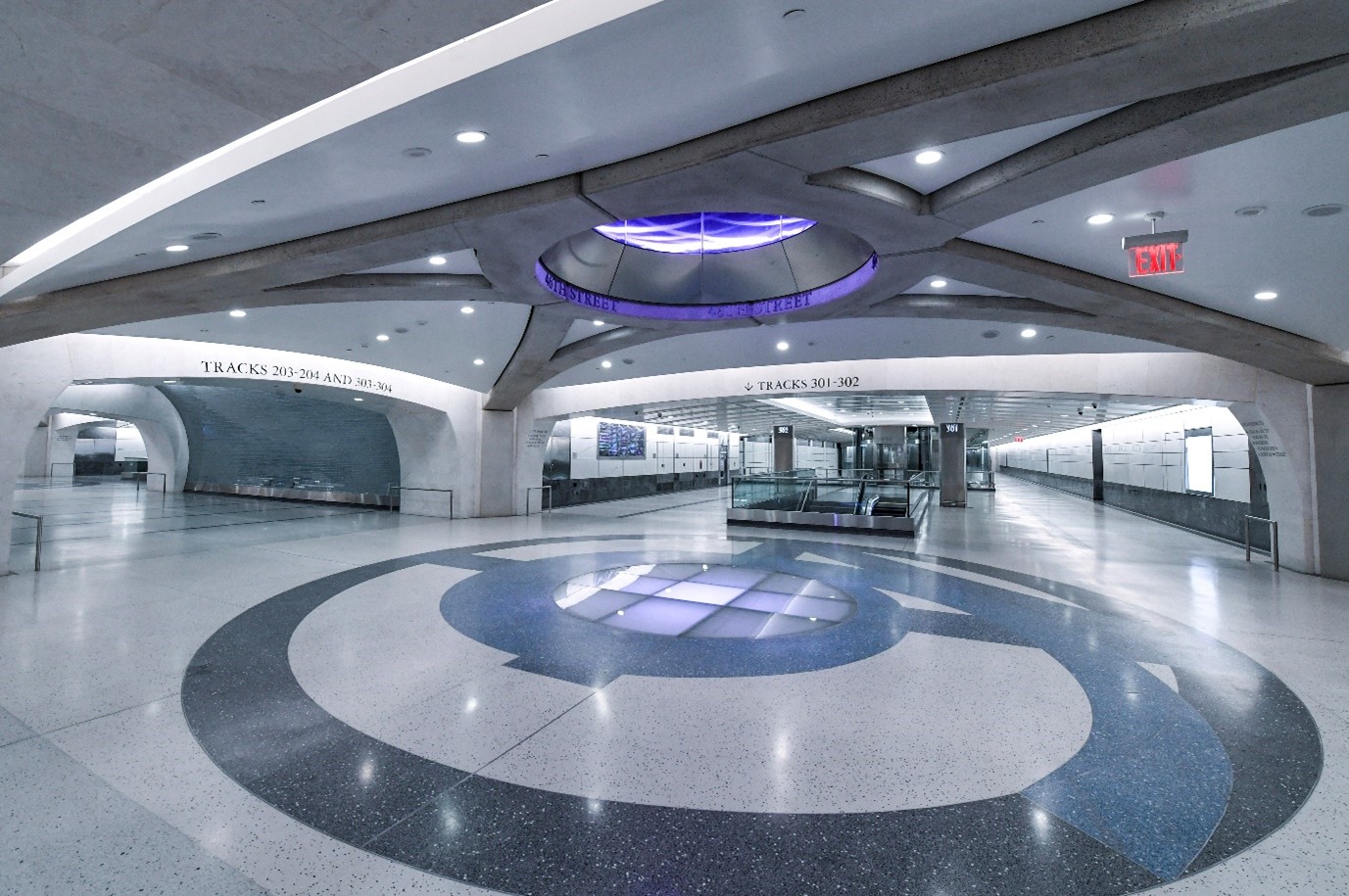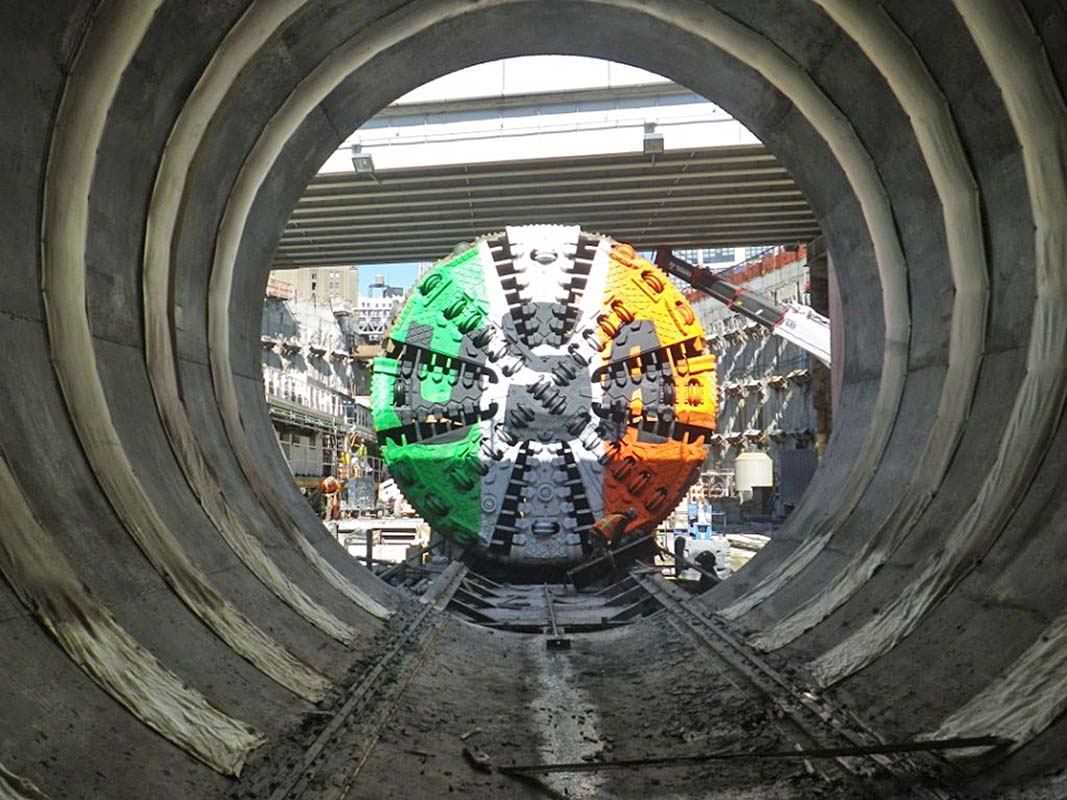Long Island Railroad (LIRR) East Side Access – New York, NY
Client

- New York Metropolitan Transportation Authority
Project Value 
$11.2B
Market

Transportation
Services

Design And Urban Planning, Engineering
In January 2023, the Long Island Railroad (LIRR) East Side Access project marked the opening of the first new major downtown rail terminal in the United States in 67 years and the first expansion of the LIRR in 112 years. The terminal provides Long Island with service to both sides of Manhattan for the very first time.
Built 15 stories below ground, the project included an approximately 700,000-square-foot station, six miles of tunnel and 13 miles of new track, 3 train yards, 25 substations, and numerous supporting facilities with an expected 162,000 daily passengers.
Our Role As Lead Designer
We operated as part of a fully integrated joint venture for the Long Island Railroad (LIRR) East Side Access project, serving as the lead designer for mechanical and rail systems in this complex Federal Railroad Administration (FRA) operating environment in concert with multiple stakeholders. As the systems engineering consultant, our design responsibilities included the following:
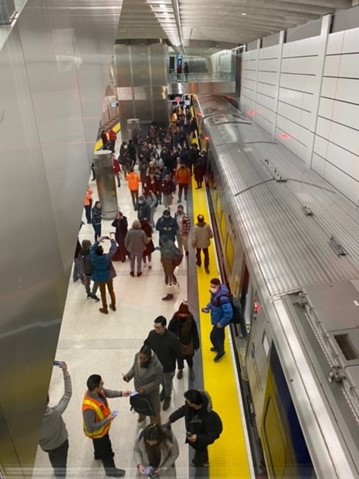
- Construction of railroad and facility systems
- Signaling and communications
- Traction power and overhead catenary
- Track work and third rail systems
- Auxiliary power
- Station ventilation and fire suppression
- Fire alarm and security systems
- Station facility mechanical and plumbing
We are also responsible for designing infrastructure support elements for the positive train control (PTC) elements of the system that interfaces with Amtrak and New Jersey Transit trains. The system uses Alstom’s ACSES II, which is the current positive train control (PTC) system on the Northeast Corridor.
Designing An Integrated Security System
We designed one of the critical components of this project – the complex, integrated electronic security system designed and deployed to protect the infrastructure, facilities, passengers, employees, and operations. The system interfaces with the MTA Integrated Electronic Security System and is fully integrated with the security systems of Metro-North Railroad and LIRR.
Our electronic security system design incorporated state-of-the-art sensors to protect the tunnels and perimeters, multiple levels of access control, advanced video analytics to complement the intrusion detection system, and an array of video cameras, intended to provide the security monitoring staff with effective tools for tracking suspects anywhere in the system and to aid in dispatching responding law enforcement patrols. The video system further features a design to provide additional capabilities to emergency response to fire alarms and for use in managing crowding on platforms. More than 1,500 access control devices, and over 1,000 internet protocol cameras make up this comprehensive electronic security solution.
- Caverns were excavated 150 feet below Grand Central Terminal to create a new, three-level Grand Central Madison terminal with four platforms and eight tracks.
- Harold Interlocking emblemizes the project’s overall technical complexity. The project doubled the existing size of this vital juncture for service into New York Penn Station—all without stopping service. One of the key modifications included relocating hundreds of catenary structures, as pictured here.
- Commuters can easily navigate the spacious and modern Grand Central Madison, with wayfinding features embedded into artistic floor installations, as seen at the 46th Street Concourse.
- The first use of pressurized-face tunnel boring machines in the New York area—bored through soft-ground in Queens.
Additional East Side Access Elements
East Side Access included additional elements such as blue light stations, a spatially diverse redundant Power SCADA gigabit network, interfaces with the existing LIRR fiber optic network for remote monitoring at Jamaica Central Control, and fire suppression elements. As part of the systems design, intercoms and programmable analog and VOIP telephony was included with direct inward dialing as well as automatic ringing of operational control centers.
We also managed the East Side Access Security Sensitive Information (SSI) program, implementing a series of management controls to protect engineering design documents created during the life of the program from unauthorized disclosure. The program includes tracking a wide array of electronic and hard copy documents, managing the accountability systems and programs for training and documenting access authorization to those team members developing SSI documents or requiring access to SSI.
Historical Preservation of Grand Central Terminal
To preserve the historic and aesthetic aspects of Grand Central Terminal and surrounding buildings, the project included six new entrances to the terminal in a complementary architectural style. The new 700,000 square foot station is temperature controlled. Over 50 new escalators and more than a dozen new elevators bring morning peak period commuters out of a 120-ft.-deep terminal to street level safely, quickly, and comfortably.
Connecting The Busiest Rail Junction In The United States: Harold Interlocking
East Side Access connects Grand Central Terminal to LIRR by daylighting in Harold Interlocking, the busiest interlocking in North America where over 750 trains per day travel affecting four major railroads right in the heart of the Northeast Corridor.
We designed a full systems reconstruction for Harold Interlocking to make space for four bored tunnels to bring trains down and under Amtrak’s Sunnyside Yard, without service disruptions.
Project Technical Challenges
There were a number of elements that posed technical challenges for the project, including:
- The addition of nine new traction power substations to the LIRR network
- The low-vibration direct fixed track
- A fully integrated communications system tunnel
- LIRR lighting and signaling
- Fire-life safety systems in 65,000 feet of underground tunnel
- The reconstruction of an existing underground train yard into a modern terminal station concourse
We designed the station mechanical, electrical, and plumbing (MEP) equipment for this new concourse. We also associated train caverns to meet modern safety and comfort standards for underground facilities. This enabled the provision of an architectural and structural style which complements the historic and aesthetic aspects of Grand Central Terminal. A post-September 11, 2001, security and access control system for MTA Police is another key feature of our responsibility for the project; we also performed the Threat, Vulnerability and Risk Assessment (TVRA) in addition to the security design. Lastly, we were responsible for managing the design-build construction of a new railcar maintenance facility and storage yard at Arch Street.
